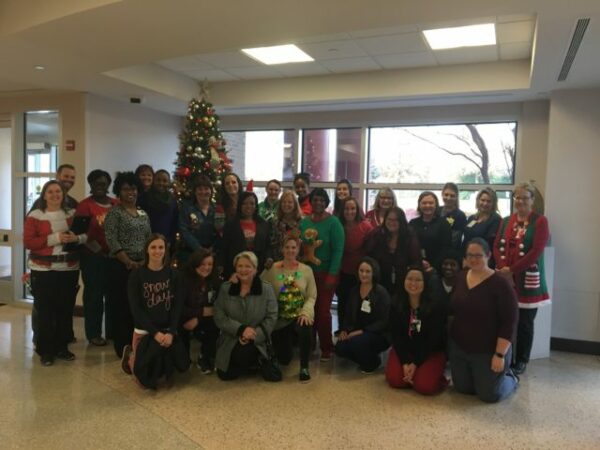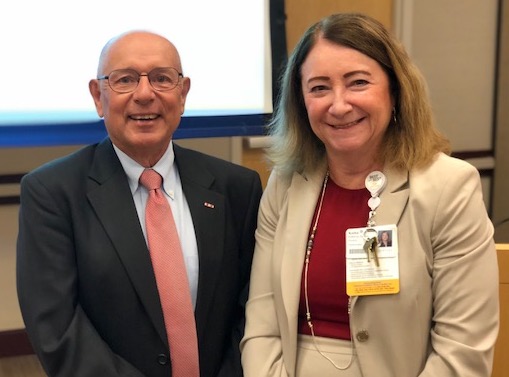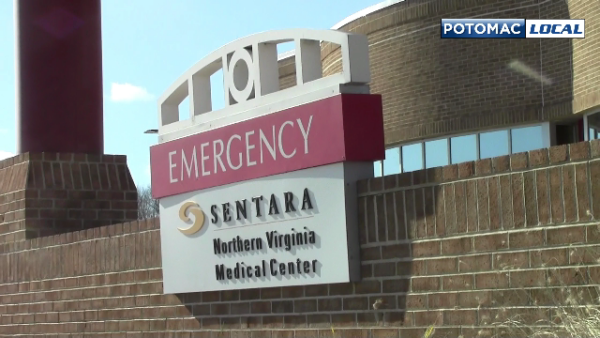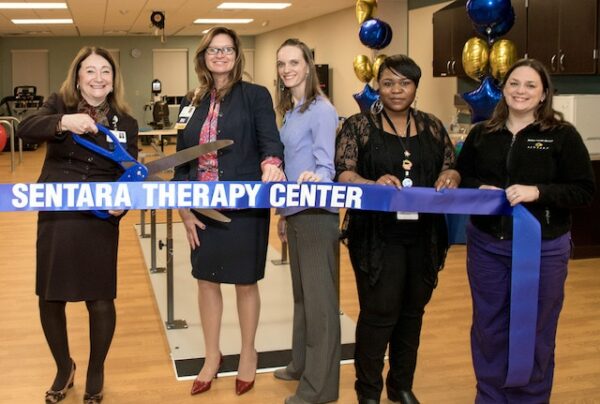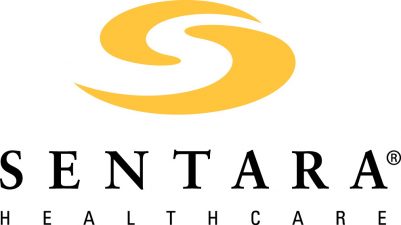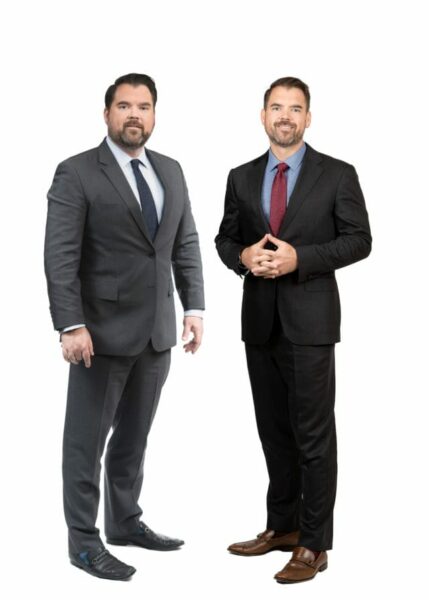Imagine being able to determine your likelihood of a heart attack before it happens without undergoing surgery.
Thanks to cutting-edge technology at the Sentara Heart Vascular Center (SHVC) at Sentara Northern Virginia Medical Center, you can. It’s called Coronary Artery Calcium Scoring (CAC) or Coronary Calcium Scoring.



